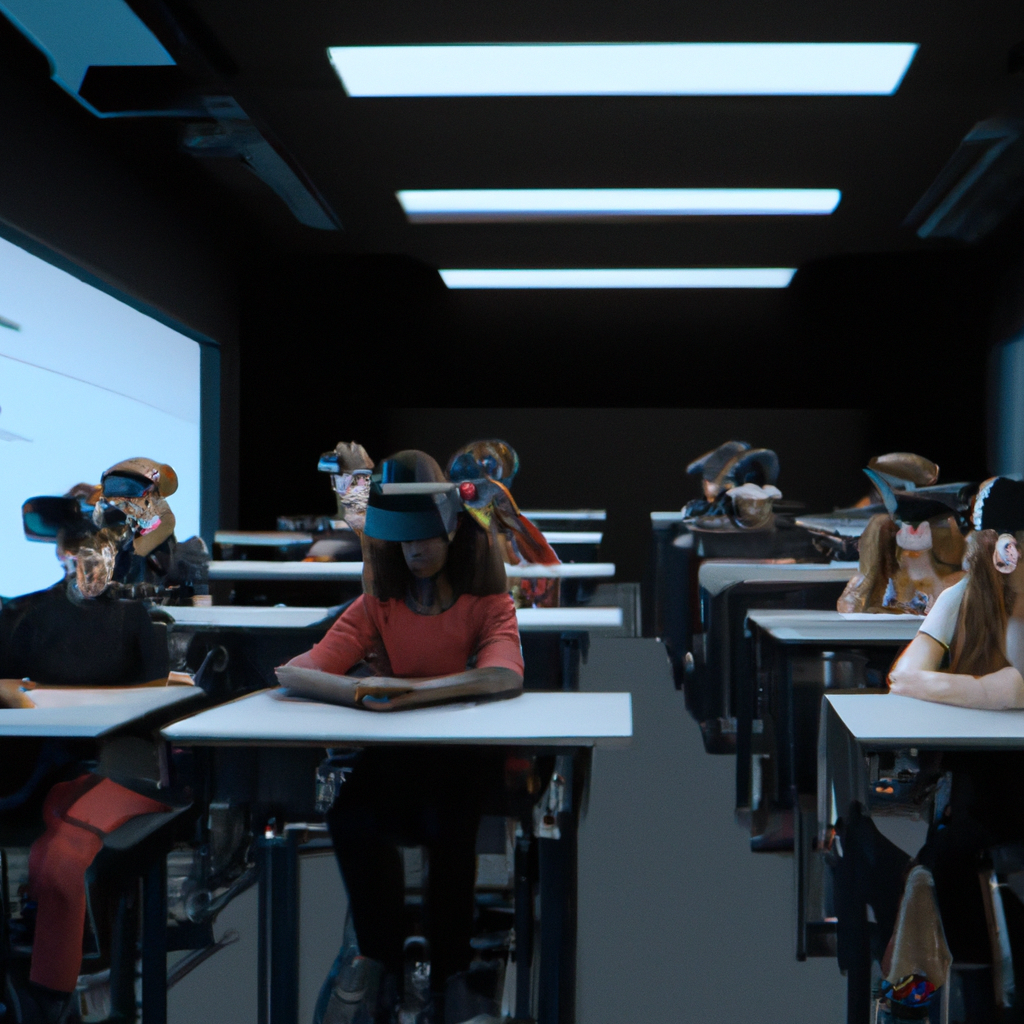Unlocking Productivity: Innovative Learning Strategies for 2025
As we move further into the decade, the landscape of learning and productivity continues to evolve. 2025 has introduced new challenges and opportunities in how we acquire knowledge and optimize our productivity. This blog post explores the latest trends and strategies that are shaping the future of learning and productivity.
Adaptive Learning Technologies
One of the most significant advancements in 2025 is the rise of adaptive learning technologies. These systems use AI to tailor educational content to the individual’s learning pace and style. This personalized approach not only improves engagement but also enhances knowledge retention, making learning more efficient and effective.
Collaborative Learning Platforms
The emphasis on collaboration has led to the development of new platforms where learners can connect, share, and grow together. These platforms integrate seamlessly with virtual and augmented reality, providing a rich, immersive learning experience that transcends traditional classroom boundaries.
Mental Fitness and Learning
Mental fitness has become a cornerstone of productivity. Techniques like mindfulness and cognitive behavioral strategies are being incorporated into learning practices to help individuals manage stress and enhance focus. The connection between mental wellness and learning efficiency has never been more emphasized than in 2025.
Continuous Learning and Career Development
In an era where career paths are no longer linear, continuous learning is crucial. Professionals are adopting microlearning techniques that allow them to learn in small, manageable increments. This approach is particularly effective in staying current with rapid technological changes and market dynamics.
Conclusion
The future of learning and productivity is dynamic and requires a proactive approach to harness its full potential. By embracing these innovative strategies, individuals and organizations can achieve unprecedented levels of efficiency and growth.






